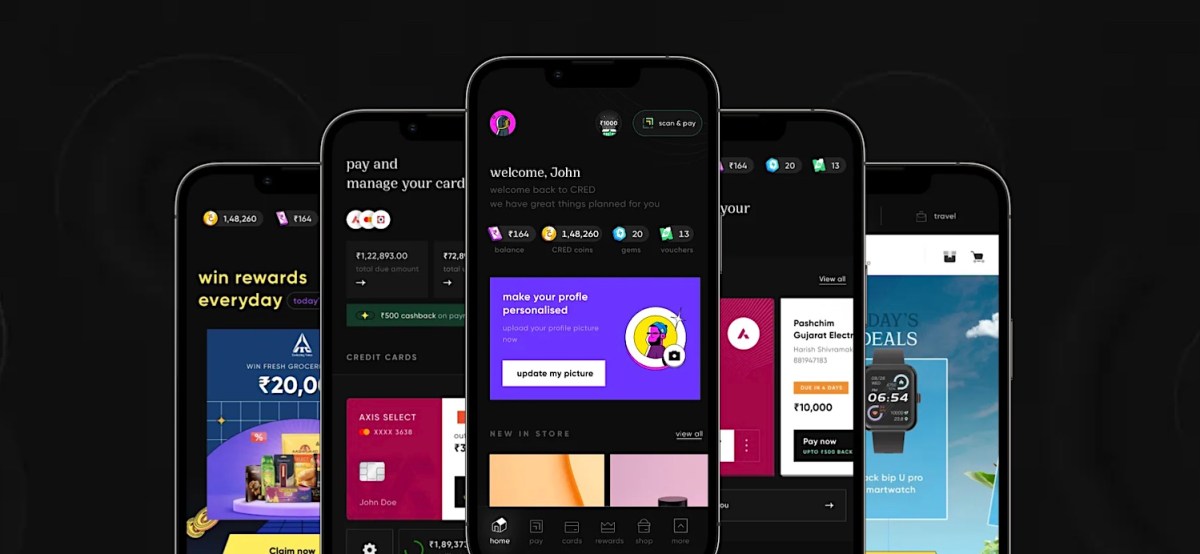Why Does the Prison-Life Content on TikTok Feel So Familiar?
Others on the platform post similar videos. One demonstrates how to make a Prison Potato Log, which is like a giant tamale; another prepares a Prison Wrap, which is similar. There are even numerous cooking videos made by people who are still incarcerated: dishes cooked using methods that may or may not be prison-legal, the process recorded on phones that most likely aren’t. (You can watch clips that appear to show people deep-frying empanadas in a can, cooking eggs in a plastic bag or grilling wraps on a metal bunk.) The videos tend to be upbeat, and they’re often tinged with nostalgia. Marci Marie, for instance, says the Cookie Rolls were a special treat, made when someone had something to celebrate.
The cooking is but a subset of the TikTok content made by formerly (and currently) incarcerated people. Some dedicate themselves to facing the camera and earnestly educating viewers about prison life, telling stories and answering questions. Marci Marie has answered many, including “Is it safe to make friends in prison?” (yes), and responded to a message about how to iron clothes (soak in water, press with a cup or hot-pot lid, dry under your bed). Others describe the day of their release or how holidays were celebrated or the best form for burpees. The more you explore the prison-life content on TikTok, the more it seems to mirror all the popular genres of the platform — cooking, life advice, bored dancing, workout tips — until life on the inside ceases to seem quite so distinct from life on the outside.
America has no shortage of narratives about prison life, stretching from century-old memoirs and novels to recent film and television. But in recent decades, most of these depictions have centered on the most shocking aspects of higher-security prisons. Reality and documentary shows — National Geographic’s “Lockdown,” MSNBC’s “Lockup,” A&E’s “Behind Bars,” Netflix’s “I Am a Killer” — focus often or exclusively on the worst, most dangerous facilities, highlighting escapes and riots and intense conflicts. Television dramas like “Oz” and “Prison Break” have done the same. America’s incarcerated population surged in the 1980s and ’90s, but it wasn’t until the 2013 arrival of Netflix’s “Orange Is the New Black” that television had any extended depiction of daily life in a minimum-security prison.
This focus on extreme conditions surely distorts our perception of prison life. We’re shown hostile, alien and debased environments (“A different world” with “its own rules,” as the intro to an episode of “Behind Bars” has it) filled with violent, dangerous people (“killers, robbers and rapists,” per the intro to an episode of “Lockdown”). These terrifying conditions are undoubtedly real, both in the prisons being documented and in other ones. But when it comes to the system as a whole, and life within it, they may not be wholly representative. The United States incarcerates people at a strikingly high rate — more, by most estimates, than any other nation on the planet. A majority of the 1.2 million people in our prisons are serving shorter sentences in lower-security facilities, often for nonviolent crimes. Their daily experiences, even the grim ones, tend to go unremarked on in prison dramas, which pass over the grind of imprisonment — the glitchy, expensive video calls; the inedible food; the painful hours in solitary confinement — for a swirl of murder plots, escape plans and sexual violence.






